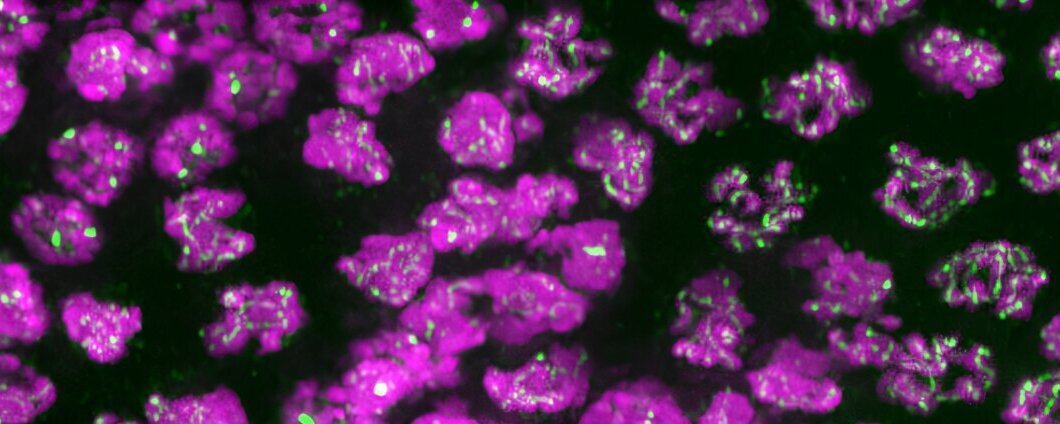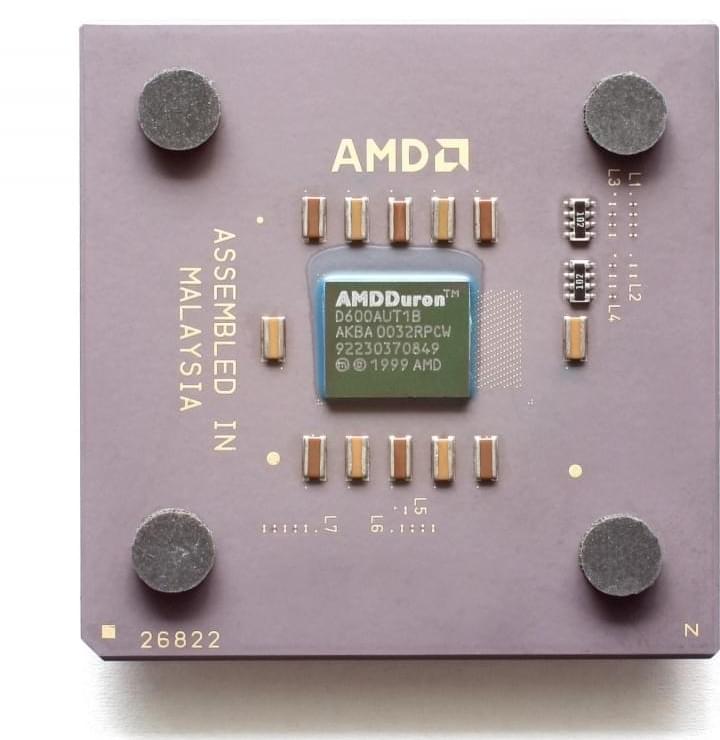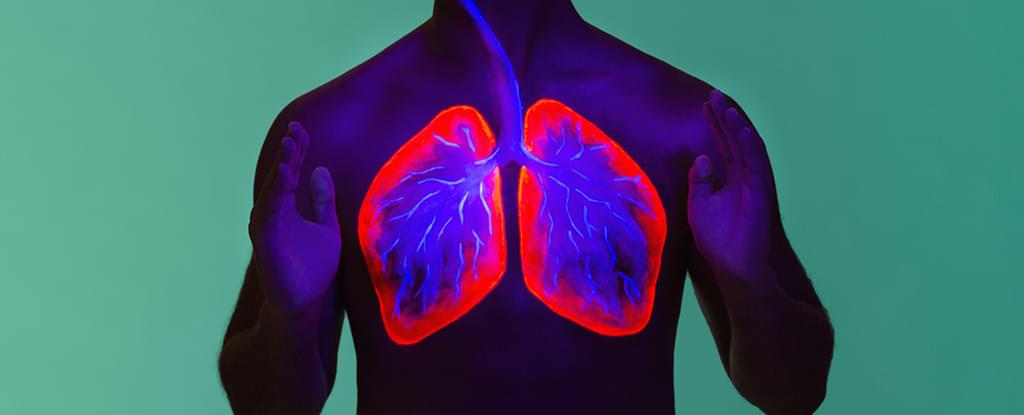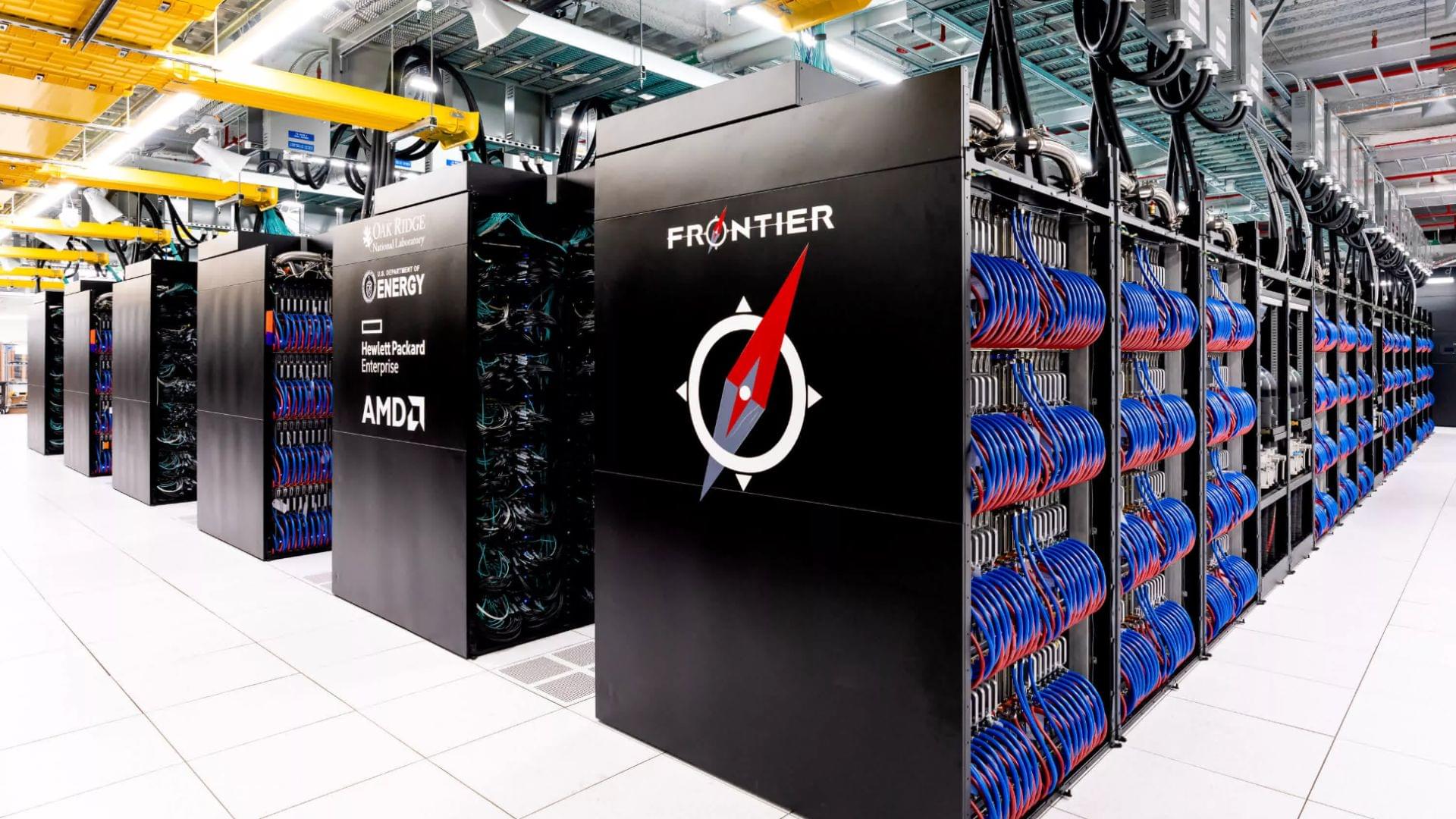Podcast host Mike Duncan on how studying real-world history helped him imagine what a ‘Martian Revolution’ could look like.
Get the latest international news and world events from around the world.

Cell biologists discover two proteins are key to proper transfer of genetic material
The biological research of UC Santa Cruz’s Needhi Bhalla to determine the molecular motions at the heart of heredity has yielded a new discovery: The proper transfer of genetic materials depends on two key proteins that choreograph the delicate dance between chromosomes when sexual-reproduction cells divide.
When cells split to create eggs and sperm, they must undergo a crucial process called “meiotic crossover recombination.” This mechanism ensures that genetic material is properly shuffled between chromosomes, preventing errors that could lead to disorders such as miscarriages, infertility, birth defects, and even cancer.
This process also results in the endearing transfer of traits that parents see in their children. And beyond contributing to parental pride, Bhalla says meiotic crossover recombination is fundamental for human evolution by promoting genetic diversity. That’s why the identification of two specific proteins that play central roles in controlling how and where these crossovers happen is so significant.

Iron Without Fire: How Electricity Could Replace the Blast Furnace
Ironmaking could be on the edge of a major upgrade. Scientists have developed a cleaner, electrochemical method to extract iron that could one day rival traditional blast furnaces in cost while slashing pollution.
By customizing iron oxide particles and optimizing electrical conditions, the team achieved efficient, low-temperature metal production—paving the way for greener steelmaking on an industrial scale.
Rethinking Ironmaking with Electrochemistry.

The Most Memorable Overclocking-Friendly CPUs
Enthusiasts have been pushing the limits of silicon for as long as microprocessors have existed. Early overclocking endeavors involved soldering and replacing crystal clock oscillators, but that practice quickly evolved into adjusting system bus speeds using motherboard DIP switches and jumpers.
Internal clock multipliers were eventually introduced, but it didn’t take long for those to be locked down, as unscrupulous sellers began removing official frequency ratings and rebranding chips with their own faster markings. System buses and dividers became the primary tuning tools for most users, while ultra-enthusiasts went further – physically altering electrical specifications through hard modding.
Eventually, unlocked multipliers made a comeback, ushering in an era defined by BIOS-level overclocking and increasingly sophisticated software tuning tools. Over the past decade, however, traditional overclocking has become more constrained. Improved factory binning, aggressive turbo boost algorithms, and thermal ceilings mean that modern CPUs often operate near their peak potential right out of the box.
Text2Robot platform leverages generative AI to design and deliver functional robots with just a few spoken words
When personal computers were first invented, only a small group of people who understood programming languages could use them. Today, anyone can look up the local weather, play their favorite song or even generate code with just a few keystrokes.
This shift has fundamentally changed how humans interact with technology, making powerful computational tools accessible to everyone. Now, advancements in artificial intelligence (AI) are extending this ease of interaction to the world of robotics through a platform called Text2Robot.
Developed by engineers at Duke University, Text2Robot is a novel computational robot design framework that allows anyone to design and build a robot simply by typing a few words describing what it should look like and how it should function. Its novel abilities will be showcased at the upcoming IEEE International Conference on Robotics and Automation (ICRA 2025) taking place May 19–23, in Atlanta, Georgia.
Attempting the impossible: A 20-year journey to learn the language of the brain
In what is considered the most complicated neuroscience experiment ever attempted, scientists from the Allen Institute and global collaborators have created the largest, most complex wiring diagram and functional map of the brain to date.
The Fermi Paradox & Zombie AI — Are Rogue Machines Hiding in the Cosmos?
Are rogue machines lurking in the cosmos, quietly outlasting their creators? We explore the eerie possibility that ancient AI remnants, abandoned or self-replicating, could be hidden throughout the galaxy—watching, waiting, and perhaps even shaping the fate of civilizations.
Watch my exclusive video Post-Consciousness Civilizations: https://nebula.tv/videos/isaacarthur-postconsciousness-civil…-awareness.
Get Nebula using my link for 40% off an annual subscription: https://go.nebula.tv/isaacarthur.
Get a Lifetime Membership to Nebula for only $300: https://go.nebula.tv/lifetime?ref=isaacarthur.
Use the link gift.nebula.tv/isaacarthur to give a year of Nebula to a friend for just $30.
Visit our Website: http://www.isaacarthur.net.
Join Nebula: https://go.nebula.tv/isaacarthur.
Support us on Patreon: https://www.patreon.com/IsaacArthur.
Support us on Subscribestar: https://www.subscribestar.com/isaac-arthur.
Facebook Group: https://www.facebook.com/groups/1583992725237264/
Reddit: https://www.reddit.com/r/IsaacArthur/
Twitter: https://twitter.com/Isaac_A_Arthur on Twitter and RT our future content.
SFIA Discord Server: https://discord.gg/53GAShE
Credits:
The Fermi Paradox & Zombie AI: Are Rogue Machines Hiding in the Cosmos?
Episode 494; April 10, 2025
Written, Produced & Narrated by: Isaac Arthur.
Editors: Briana Brownell & Donagh Broderick.
Select imagery/video supplied by Getty Images.
Music Courtesy of Epidemic Sound http://epidemicsound.com/creator.
Phase Shift, “Forest Night“
Chris Zabriskie, “Unfoldment, Revealment”, “A New Day in a New Sector”, “Oxygen Garden“
Stellardrone, “Red Giant”, “Billions and Billions”


Scientists Discover Unexpected Link Between Diet And Lung Cancer Risk
Most of us would probably think of smoking or air pollution when it comes to lung cancer risk, but researchers have discovered an intriguing link between the disease and the quality of our diets.
The researchers, from the University of Florida and the University of Kentucky, found that the molecule glycogen, which stores the simple sugar glucose, could potentially act as a driver of some types of lung cancer.
Glycogen was found at higher levels in human tissue samples of lung adenocarcinoma, the type responsible for 40 percent of lung cancers worldwide. In tests on mice, the team found that more glycogen helped lung cancers to grow faster, while taking the molecule away led to restricted tumor growth.

Frontier: Powerful US supercomputer cuts simulation time by record 96%
Both systems are powered by AMD GPUs—Frontier is equipped with 9,408 AMD EPYC processors and 37,632 AMD Instinct MI250X accelerators, while El Capitan features 44,544 of the newer AMD Instinct MI300A accelerators.
Given the success with this simulation, Ansys has hailed AMD’s Instinct GPUs for cutting the simulation time. According to the company, this milestone could dramatically speed up the design iterations and deliver more accurate performance forecasts for industrial systems.